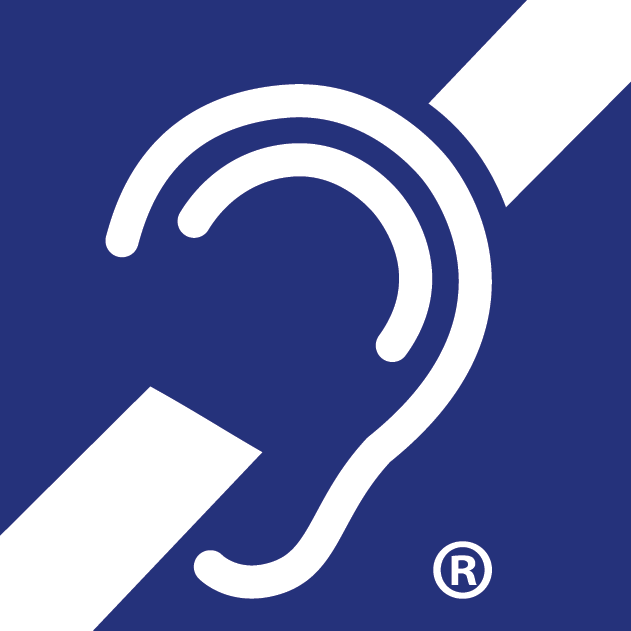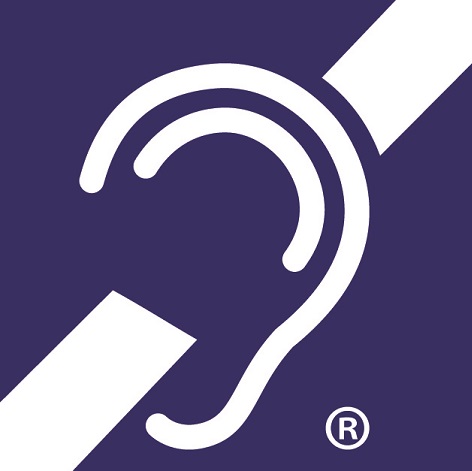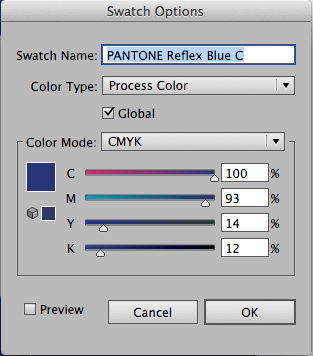
The International Symbol for Deafness (also known as the International Deafness Symbol) identifies places that have functioning hearing augmentation services.
While mainly used to identify places that have assistive listening systems (induction loops, FM and infrared), the International Symbol for Deafness can also be used to identify other forms of hearing access. There are other symbols that can and should be used to identify services such as Auslan interpreters.
You can find information about appropriate signs in our Signage guide for hearing augmentation systems
Conditions for use
The Symbol is a registered trademark in Australia of Deafness Forum of Australia.
In using the Symbol you are agreeing to comply with the following terms, conditions and advice.
We encourage the correct use of the symbol to identify and promote venues that provide hearing augmentation or access.
Providers of signage, advice and technical services should make sure their clients are aware of these trademark requirements:
a) The symbol can’t be used by commercial enterprises as an advertising logo or in any way to promote or identify commercially available goods or services; or to state or imply competitive advantage. In practice, this means that manufacturers, distributors and installers need to avoid placing their own contact details or logos too close to the symbol (or too large relative to the symbol). For example it would be considered reasonable if the installing company’s name and contact number took up less than one percent of a poster on which the International Symbol for Deafness took up approximately 15 percent of the total poster. The more space that the installing company’s name and contact number takes up relative to the symbol, the more likely that we won’t give approval for the symbol to be used.
The International Symbol for Deafness can’t to be used on letterheads. This is because it isn’t the letterhead (or the letterhead’s organisation) that needs to be identified as providing hearing access – it’s the actual location of an assistive listening system (or other form of hearing access) that needs to be identified to a consumer.
It is appropriate for organisations to advertise to clients that they provide hearing access. For example, public venues (cinemas, theatres, lecture halls, etc.) are encouraged to let potential patrons know that they have hearing access facilities. In the same way, conference organisers and the like are encouraged to advise potential attendees that a venue they are using has a particular form of hearing access. There are, therefore, situations it’s appropriate to use the symbol to promote a facility at a planned event. We consider these situations as quite different from manufacturers, distributors or installers using the symbol to promote their commercial goods or services.
b) The symbol displayed at a place(s) needs to be accompanied by an explanatory caption, showing the location and type(s) of hearing augmentation available.
c) If we judge that your use and representation of the International Symbol for Deafness is inappropriate (which may take into account the opinion of consumers of the service), including but not limited to a failure to provide a reliably functional hearing augmentation service, we may withdraw your right to display the symbol.
d) Display of the symbol must be faithful to the registered design specifications. The colour of the International Symbol for Deafness in physical signage must be white on a blue background. The blue is B21, Ultramarine of AS 2700. The colour of the symbol in electronic forms must also be white on a blue background. The blue must be Pantone Reflex Blue C. See also (but not limited to) Australian Standard 1428.1 2009, Clause 8.2; Australian Standard 1428.5 2010, Section 5; Building Codes of Australia 1998 through to 2012, Section D3.6.
Artwork



